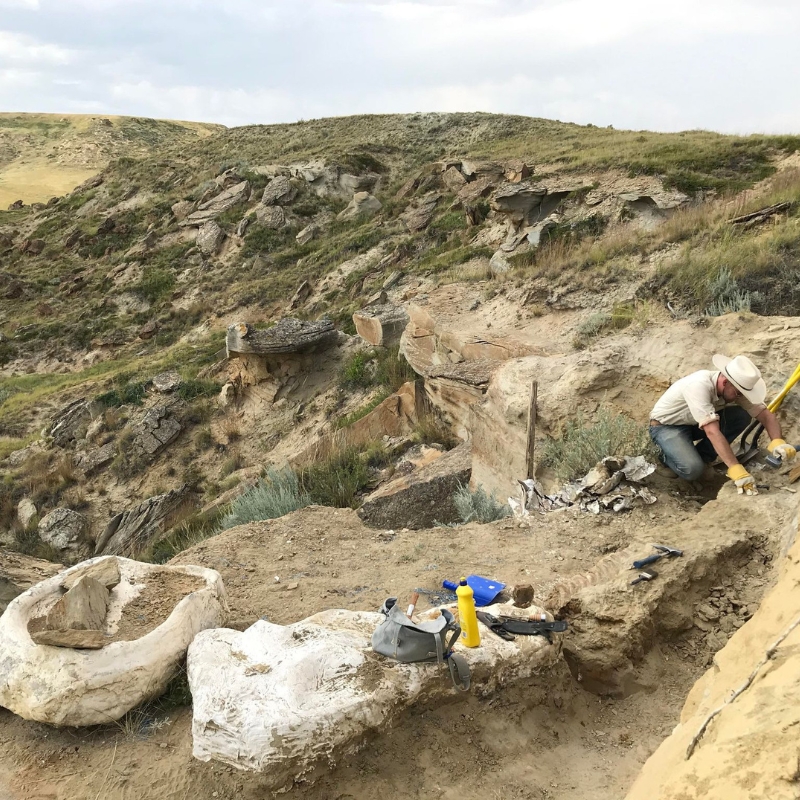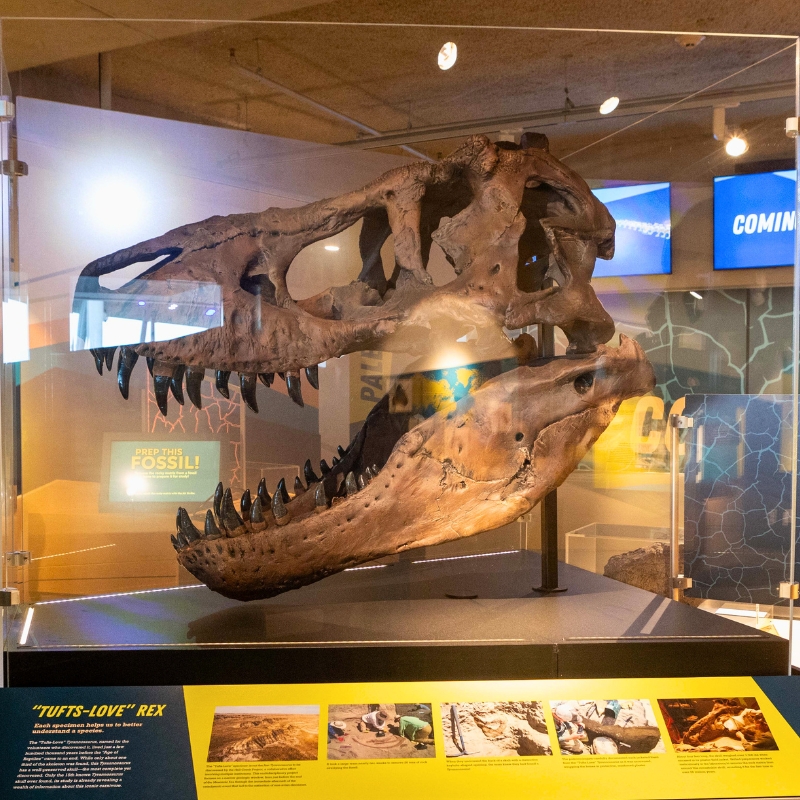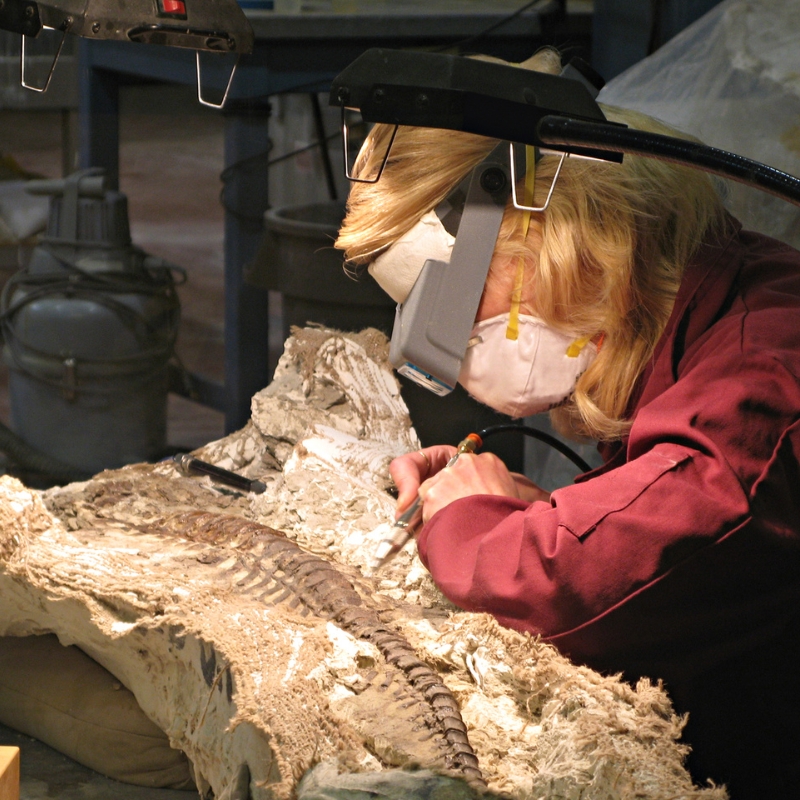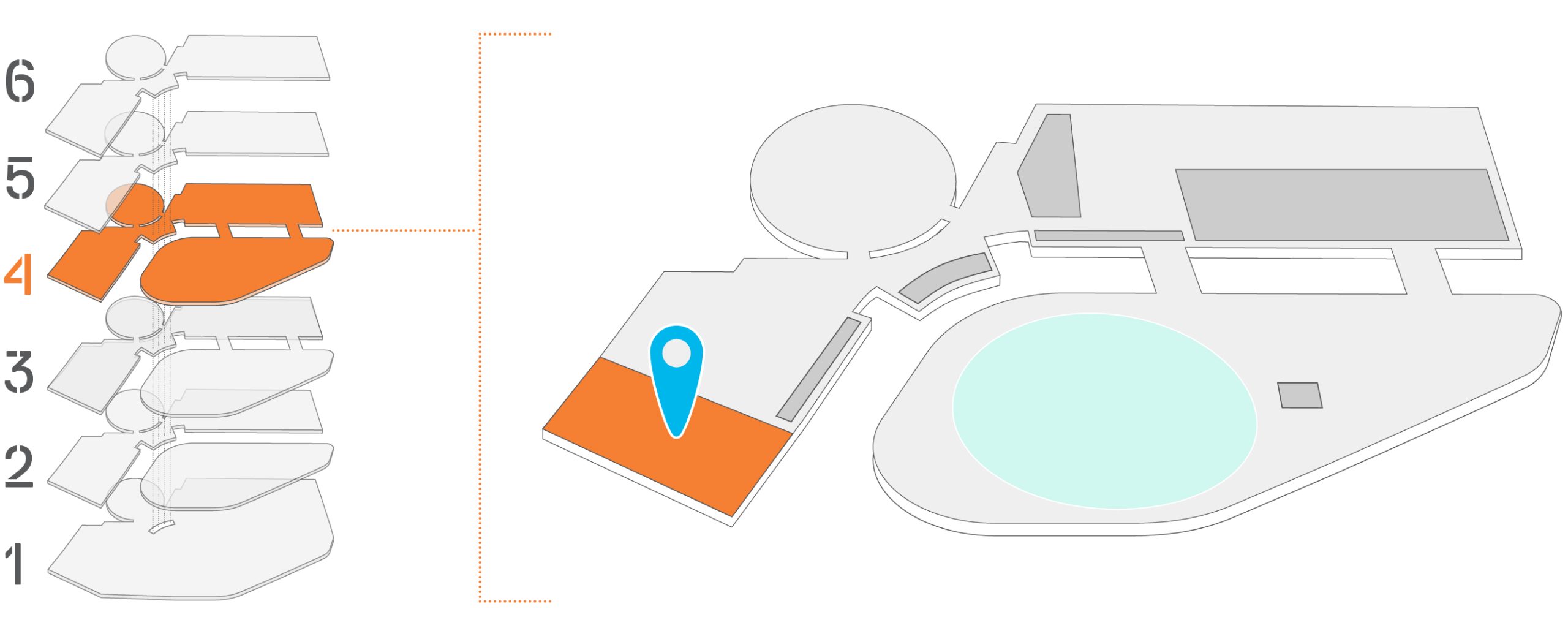The Dig
Explore how scientists discover and study the ancient life that once roamed Earth.
Life on Earth is 3.7 billion years old. From the primordial seas, to the primeval land and the ancient skies above, the evolutionary history of life on Earth is written with the fossilized remains of prehistoric creatures.

The Dig is the debut exhibition of Frost Science’s Paleontology Department. When you hear “prehistoric animal”, we bet a dinosaur is the first creature to come to mind. Dinosaurs are the most famous group of extinct organisms, but there were countless prehistoric organisms that swam, walked and flew long before and after the reign of the dinosaurs. Thanks to blockbuster Hollywood movies, popular TV shows and more, many of us know about dinosaurs and the special branch of science that studies them, called paleontology.
But why are fossils important to study? How do paleontologists find fossils in the first place, and once they’ve discovered a fossil, how do they collect and research it? Find out in The Dig. Fossils record the history of life on Earth. To better understand the plants and animals that live on Earth today (humans included), we have to understand the past.
As you explore The Dig, you’ll be amazed at the evolutionary forces that have shaped life around us. The Earth, and everything on it, has a long history of change and will continue to do so. Fossils do not tell us what will happen, but learning how life has responded to such changes in the past help us predict the future.
Interactive displays in The Dig will allow you to explore what it’s like to be a paleontologist at every step along the way. How do paleontologists determine where to dig for fossils? How do they collect and clean fossils? And, how do they study fossils? In The Dig, you will investigate the answers to these questions and more.

Not only is The Dig the only paleontology exhibition in the region, it’s also the only paleontology research program in all of South Florida! You’ll see paleontologists and technicians working in real-time on fossils Frost Science has collected in the field. Experience the process and science of paleontology, learn about new discoveries and research, and even join one of our paleontological digs—all as it’s happening in The Dig.
Standout exhibition features:
- A working fossil preparation lab where you can watch trained technicians clean fossils the museum has collected will be unveiled soon.
- Tactile displays and artifacts, the chance to hear how a living dinosaur may have sounded, and even the opportunity to digitally try your hand at cleaning a fossil!
- A life-size cast of the “Tufts-Love” Tyrannosaurus rex skull, the most complete Tyrannosaurus skull ever found.
The Dig is on view on the fourth floor of the museum’s West Wing. Admission to The Dig is included with all museum admission tickets.



